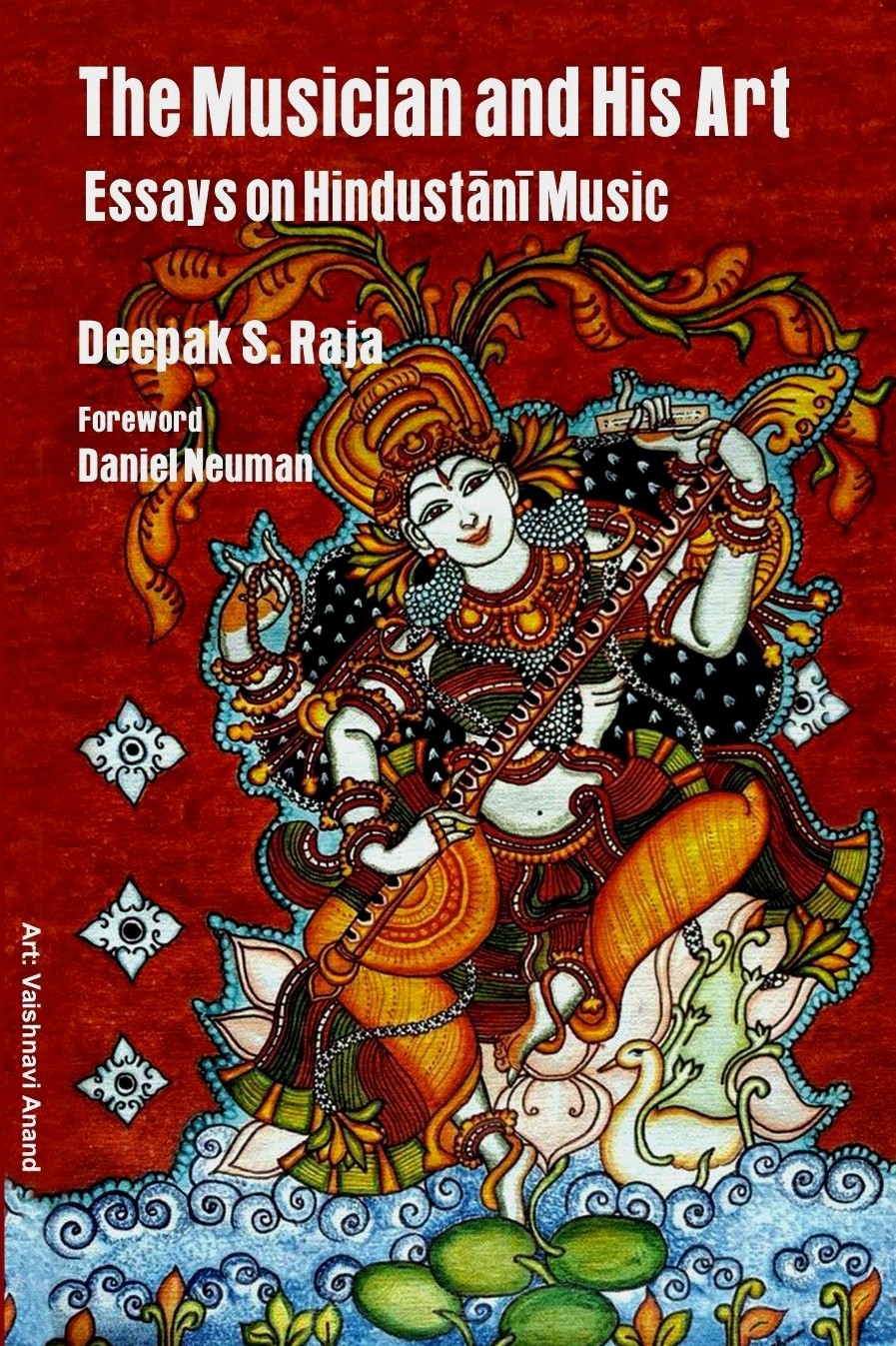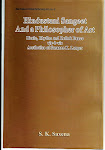 |
| ZAKIR HUSSAIN |
Zakir Hussain is a product of the North Indian art music tradition of transforming geocentric time into musical time, which began with the Pakhawaj several millennia ago, and continues with the Tabla.
The origin of the Tabla, the vertical drum pair, is a puzzle that defies solution. The instrument came into prominence during the 15th century at the dawn of the modern era in Hindustani music. The ponderous Dhrupad genre was being challenged by the modern Khayal genre. In the emerging post-Dhrupad scenario, Hindustani music needed a percussion partner of greater agility, delicate playing technique, and softer output. The Tabla, already a mature instrument by then, steadily enlarged its role on the emerging music-scape, to finally replace the Pakhawaj by the 18th century.
Historic developments in the Tabla idiom took place during the reign of Emperor Muhammad Shah of Delhi (1719-1748), whose court was also host to the launch of the Sitar, and the maturation of Khayal vocalism. The musician responsible for the percussion revolution was Siddhar Khan Dhadhi. He was an accomplished Pakhawaj player, who translated the forearm-powered open-palm Pakhawaj idiom into the wrist-and-fingers idiom of the Tabla, thus creating an entirely new percussion language. His students spread to other major centers of music, and adapted the style to respond to local influences and aesthetic values. As a result, the world of the Tabla now recognizes six major styles, known by the names of the centers where they evolved.
(a) Delhi: In recent times, Inam Ali Khan and Lateef Ahmed Khan have been the most distinguished exponents of this gharana.
(b) Ajrada: Habibuddin Khan was the most distinguished percussionist of this style in recent memory.
(c) Lucknow: Afaque Hussain Khan was the most recent distinguished percussionist of this lineage.
 |
| AHMED JAN THIRAKWA |
(e) Benares: This pedigree again produced three outstanding percussionists in the same generation – Shamta Prasad, Kishen Maharaj, and Anokhey Lal.
(f) Punjab: This style produced the super-stars of late 20th century music – Allahrakha Khan, and his son, Zakir Hussain. Though masters of their own traditional idiom, the Punjab lineage maestros have enriched it with ideas from several other sources.
The stylistic distinctions between these lineages are, obviously, not as evident in accompaniment, as they are in solo performance, because an accompanist needs to respond spontaneously, free from gharana preferences.
The Tabla today commands the largest base of professional, amateur, and aspiring musicianship amongst all Indian instruments. The profession is amply endowed with scholarly as well as creative faculties. The idiom of the instrument is being constantly enriched by contemporary maestros. As an accompanist, soloist or ensemble performer, and in India or abroad, the Tabla is in good health.
Note: For a detailed discussion on the Pakhawaj and the Tabla, refer to "Hindustani Music Today", by Deepak Raja, DK Printworld, 2012.





No comments:
Post a Comment